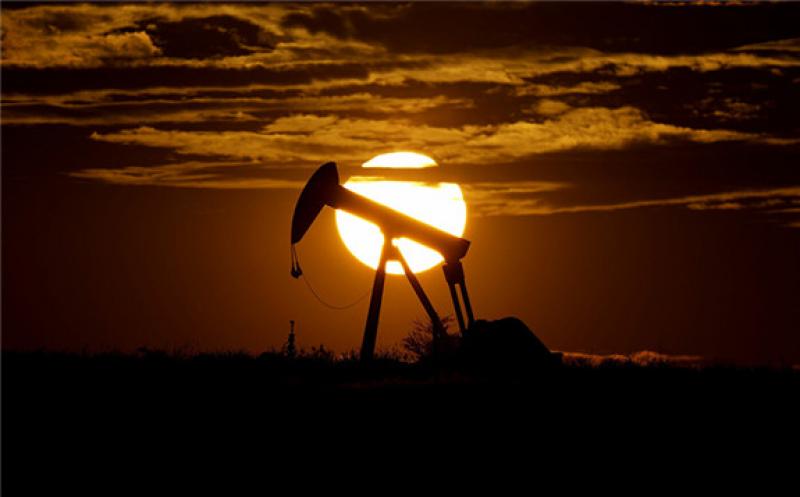Russian crude and condensate production will grow by between 3-5pc in 2022, deputy prime minister Alexander Novak said today.

In an interview with Rossiya 24 television, Novak said liquids output would be in the range of 540mn-550mn t, compared with 524mn t expected this year. Using Argus' 7.3 bl/t conversion, this puts projected production at 10.8mn-11mn b/d next year, compared with 10.5mn b/d in 2021.
Condensate accounts for around 7-8pc of Russian liquids production in tonnes, which means the country's crude production could amount to 500mn-509mn t next year, or 9.9mn-10.1mn b/d.
The forecast looks modest compared with what Russia has agreed under the Opec+ deal — the country's output quota for January 2022 is 10.12mn b/d and a further rise is likely beyond that. Opec+ plans to gradually lift the restrictions on output that it introduced soon after the start of Covid-19 pandemic. Before the current deal started in May 2020, Russia was producing around 10.5mn b/d of crude, and Novak said earlier this year he expected Russia to bring oil production to pre-pandemic level in May 2022.
Moreover, Russia's baseline in the Opec+ deal is to grow to 11.5mn b/d in May 2022, to reflect its parity in the agreement with Saudi Arabia.
Russia exceeded its Opec+ quota in each of the first 11 months of this year by around 85,000 b/d, Argus estimates. The agreement restricts only crude production and does not put limits on condensate output.
Russia's major oil producers Rosneft, Gazpromneft and Lukoil have all said recently they had brought back into operation most of their spare oil capacities, which they temporarily shut when the Opec+ deal began. They plan some oil production growth next year but say this will depend on productivity of new wells, including those drilled in 2021.
Russian month-on-month rise in crude and condensate output slowed to 0.3pc in November and remained sluggish in the first two weeks of December, suggesting producers are close to the limits of their spare capacity.